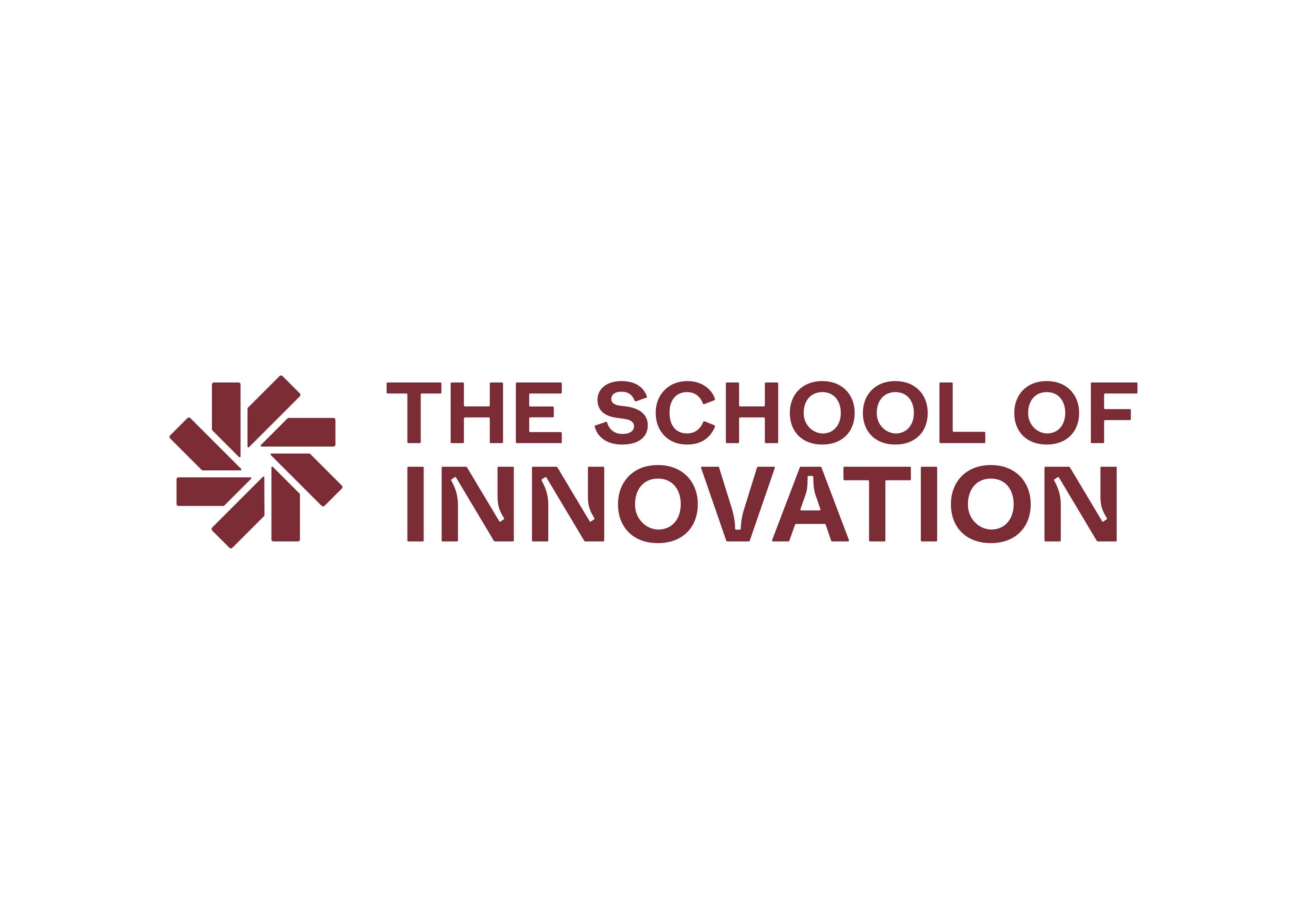
Starting a new university is never easy. The School of Innovation is a bold idea—one rooted in the belief that education itself must innovate to meet the challenges of the future. Yet, like any radical undertaking, there are times when the path feels solitary. Fortunately, we’re not alone in this quest.
Recently, our team, including Will, our founder, and Nicolas, our fundraising manager, travelled to Cambridge University to meet with Professor Neil Stott and Dr Michelle Fava Darlington at the Cambridge Centre for Social Innovation. The visit was a reminder that while building something new can often feel like an isolated experience, the key to success lies in collaboration.
Lessons from Cambridge: MSt in Social Innovation
During the visit, we joined students from Cambridge's Master's in Social Innovation programme. The course has gained a strong reputation, and for good reason—it combines academic rigour with a focus on real-world impact. However, no programme is perfect, and the feedback we gathered from students offered a glimpse into the intricacies of building a course that truly prepares change makers.
Many students noted that while the course delves deeply into the social side of social innovation, it misses opportunities to focus on the ‘innovation’ part. Frameworks, models, and design principles—hallmarks of innovation—are lightly touched upon.
This gap highlights a challenge that we at The School of Innovation are also facing: how do we strike the right balance between teaching the 'what' and 'how' of innovation?
A Practical Approach
Another key takeaway was the importance of practicality. Students consistently praised the hands-on elements of the course, but they also voiced frustration over the realism of some tasks, and shared that the judgement criteria seemed more like polite encouragement than real-world assessments.
It’s not enough to simulate; we must challenge students with tasks that mirror the complexity and ambiguity they’ll face beyond the classroom. And when it comes to feedback, it needs to be constructive, direct, and grounded in reality.
Building a Cohort, Not Just a Course
Cambridge’s MSt cohort size of 38 students worked wonders for fostering a tight-knit learning community. Students consistently spoke of the value of discussions, both with lecturers and peers. The small size meant that everyone had a voice, and these interactions often proved to be the richest part of the learning experience.
This reminded us of the importance of not just filling seats but curating a community. The diversity of views and backgrounds in Cambridge’s cohort was praised by nearly every student. For us, the takeaway is clear: building a strong culture and professional connections from day one will be key to success.
Conclusion: Moving Forward
Our visit to Cambridge wasn’t just about learning from one of the world’s great universities; it was about reflection. Establishing The School of Innovation may feel like a solitary path at times, but this journey is far from unique. Other universities are also grappling with how to teach, engage, and inspire in an ever-changing world.
As we continue to build, these lessons remind us to focus on real-world application, to nurture deep connections within our cohort, and to ensure that our students leave not just with knowledge, but with the skills and networks they need to make an impact in the world.
We, at The School of Innovation, extend our deepest gratitude to Professor Neil Stott and Dr Michelle Fava Darlington for welcoming us and giving us the opportunity to learn from their vast experience.


Comments